London stands as one of the world’s most visited capital cities, drawing millions of tourists each year with its distinctive blend of history, culture, and innovation. While many global capitals boast impressive landmarks and cultural institutions, London maintains a collection of peculiarities that set it apart from its international counterparts.
The city’s unique character emerges from centuries of evolution, creating experiences you simply won’t find anywhere else. Here is a list of 16 things that make London truly distinctive among the world’s capital cities.
The Tube Map

London’s iconic Underground map – that color-coded masterpiece of design simplicity – bears almost no geographical relationship to the actual city above it. Harry Beck’s 1931 diagram prioritized clarity over accuracy, creating a functional work of art that’s now embedded in London’s identity.
Unlike metro maps in Paris or Tokyo that attempt some geographical correlation, the Tube map cheerfully abandons reality for the sake of usability.
Black Cabs
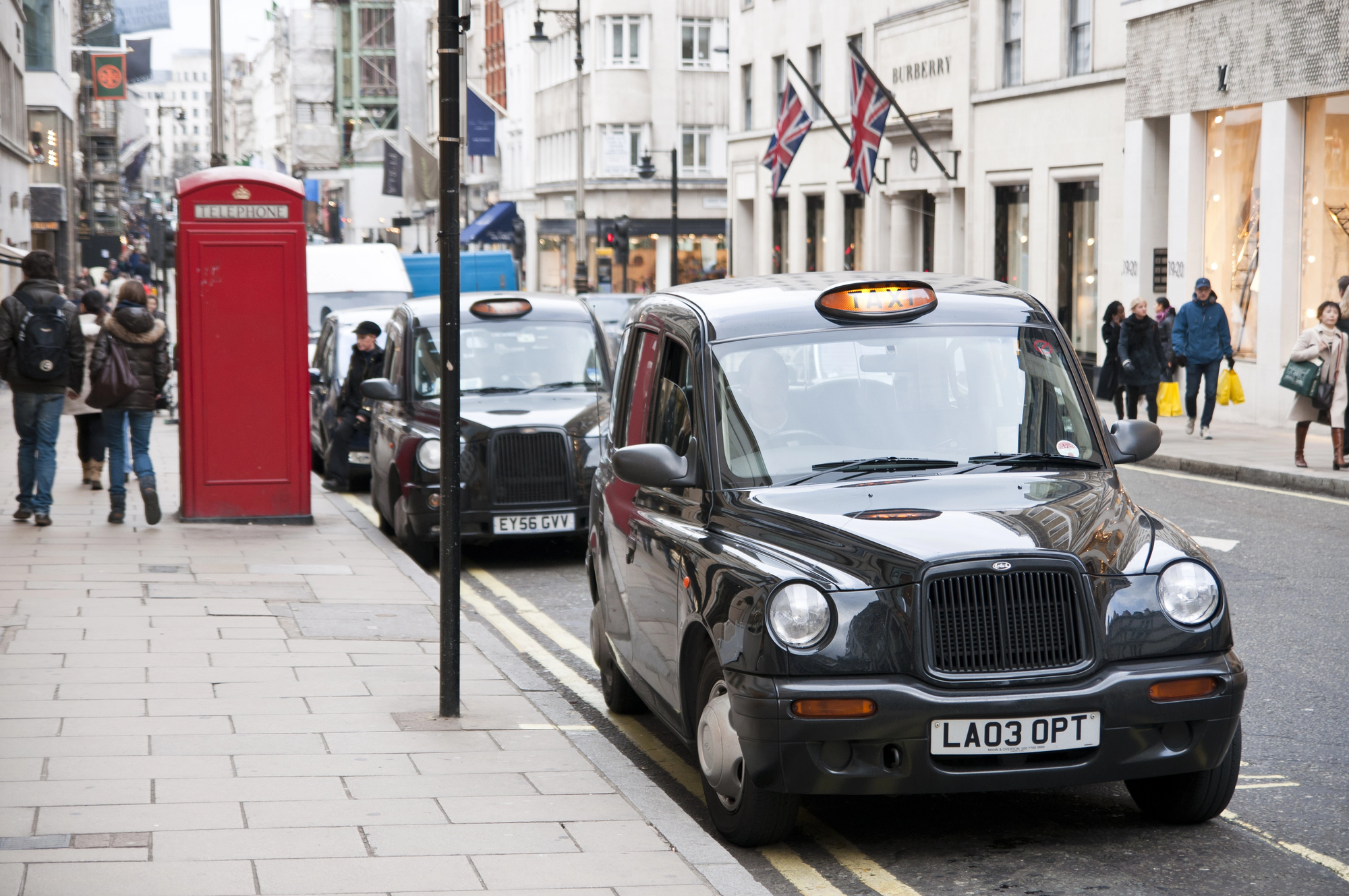
The distinctive black taxi cabs prowling London streets must meet specific requirements, including the famous 25-foot turning radius – designed so they can navigate the tiny roundabout at the Savoy Hotel. London cabbies spend years mastering ‘The Knowledge’ – memorizing 25,000 streets and thousands of landmarks without GPS assistance. It’s a level of driver training that makes New York taxi drivers look like amateurs, creating a transportation experience unlike any other capital city.
Pelican Crossings
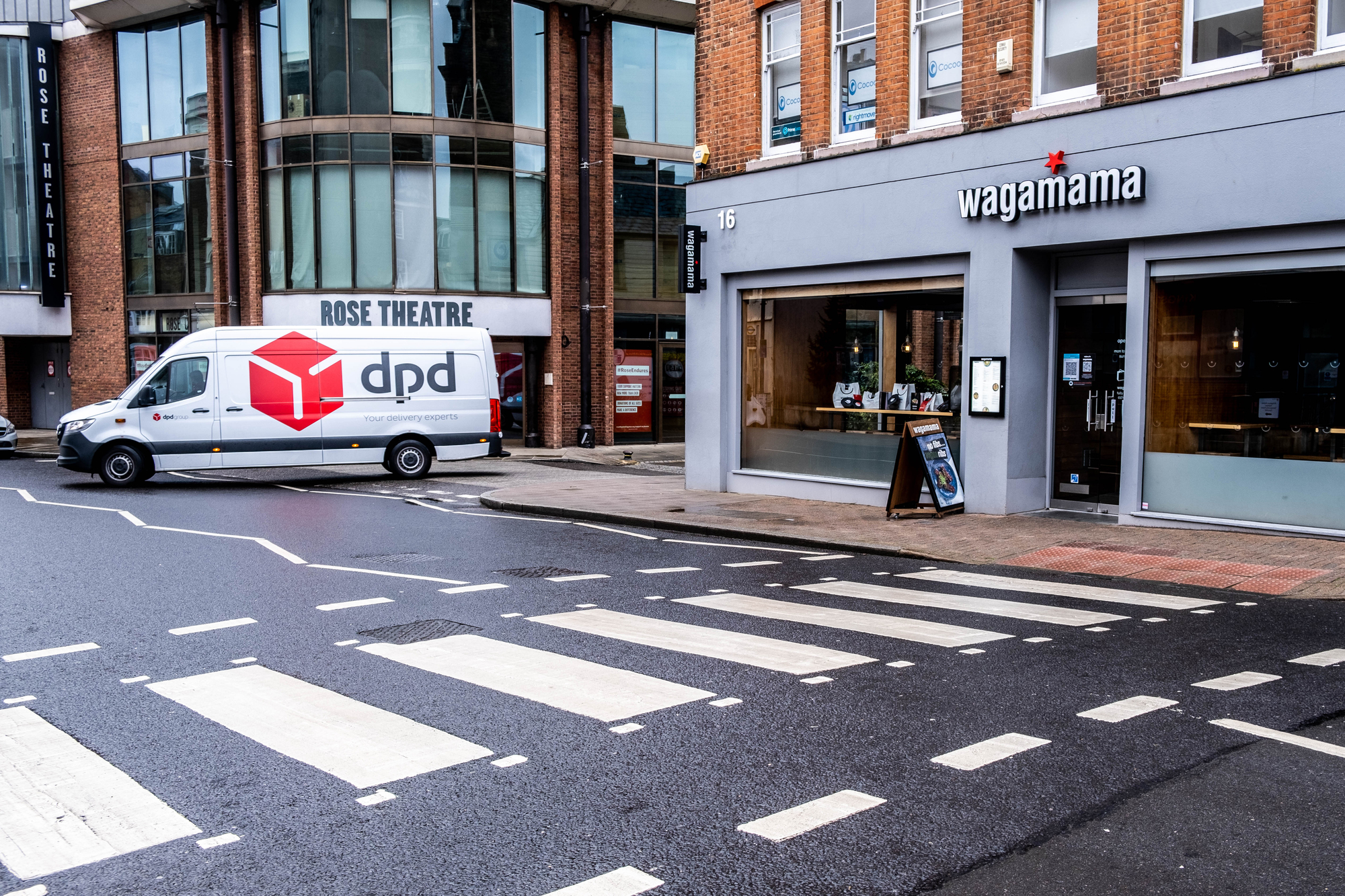
London’s pedestrian crossings feature those distinctive black and white striped road markings – affectionately known as zebra crossings – alongside specialized ‘pelican crossings’ with their push-button systems. The city’s commitment to creating unique names for different crossing types – pelican, puffin, toucan, and pegasus crossings – reflects a peculiarly British obsession with both safety and whimsical nomenclature that you’d never find in Washington, D.C., or Berlin.
Like Travel Pug’s content? Follow us on MSN.
Narrowest Pub
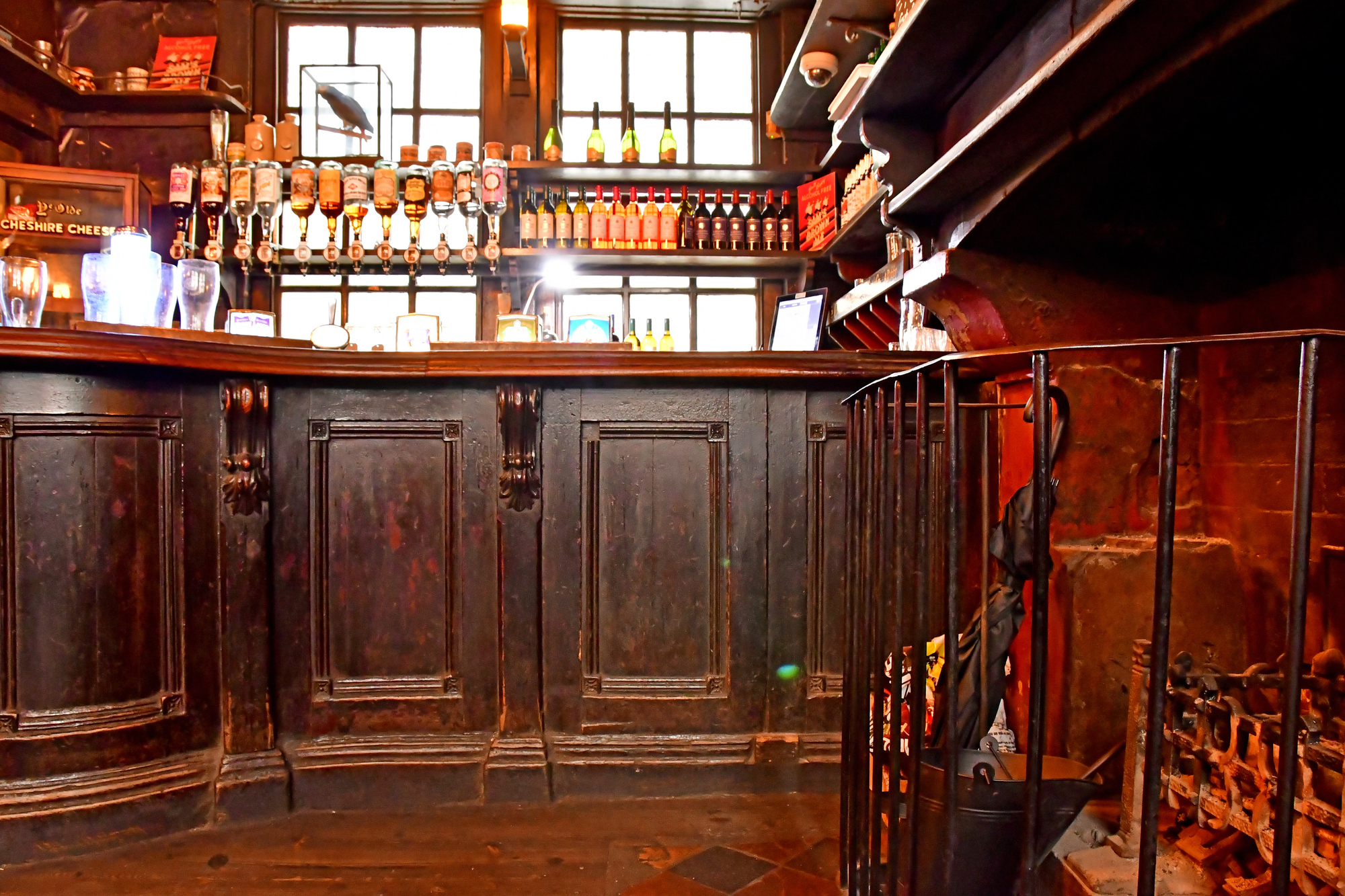
London holds claim to the narrowest pub in the city – the Dove in Hammersmith measures just 7 feet 6 inches at its slimmest point. The capital’s historical pubs don’t simply serve drinks – they serve as architectural oddities, preserved through centuries while the city transformed around them.
Unlike the standardized bars of Moscow or the sleek cafés of Paris, London’s ancient pubs maintain their cramped, crooked charm as points of historical significance.
Red Post Boxes

Those iconic red pillar boxes – bearing the royal cipher of whichever monarch reigned during their installation – create a distinctive flash of color throughout London streets. Some Victoria-era boxes from the 1800s remain in daily use – functional antiques collecting mail alongside their modern counterparts.
No other capital city maintains such an extensive network of historical postal infrastructure, making even the simple act of mailing a letter feel distinctly British.
Cockney Rhyming Slang

London’s linguistic oddity – Cockney rhyming slang – continues to perplex visitors with phrases like ‘apples and pears’ (stairs) and ‘dog and bone’ (phone). This distinctive language developed in East London marketplaces as a coded way for traders to communicate – and despite massive demographic changes, elements of this slang persist in modern London speech.
Unlike the formal dialects of Madrid or the slang of Berlin, Cockney rhyming slang operates through a unique linguistic mechanism you won’t find elsewhere.
Like Travel Pug’s content? Follow us on MSN.
Legal Inns
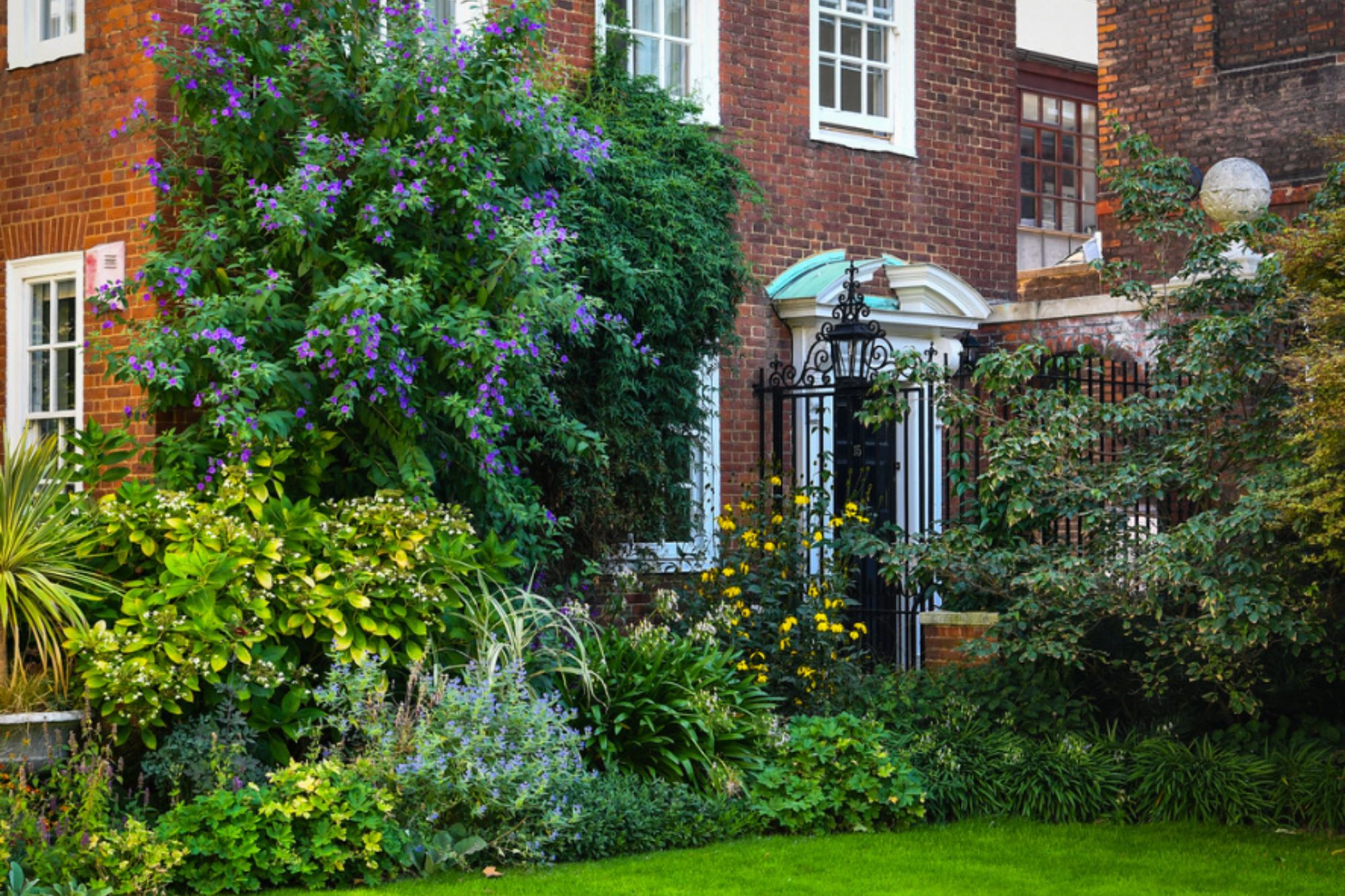
The Inns of Court – those mysterious enclaves where barristers train and practice – create private worlds within central London. These legal societies maintain their own gardens, dining halls, and ceremonies dating back to the 14th century.
The strange rituals and dress codes of these institutions – including the tradition of ‘dining in hall’ required to qualify as a barrister – create a legal system steeped in theatrical tradition, unlike the more modernized courts of Ottawa or Canberra.
Blue Plaques
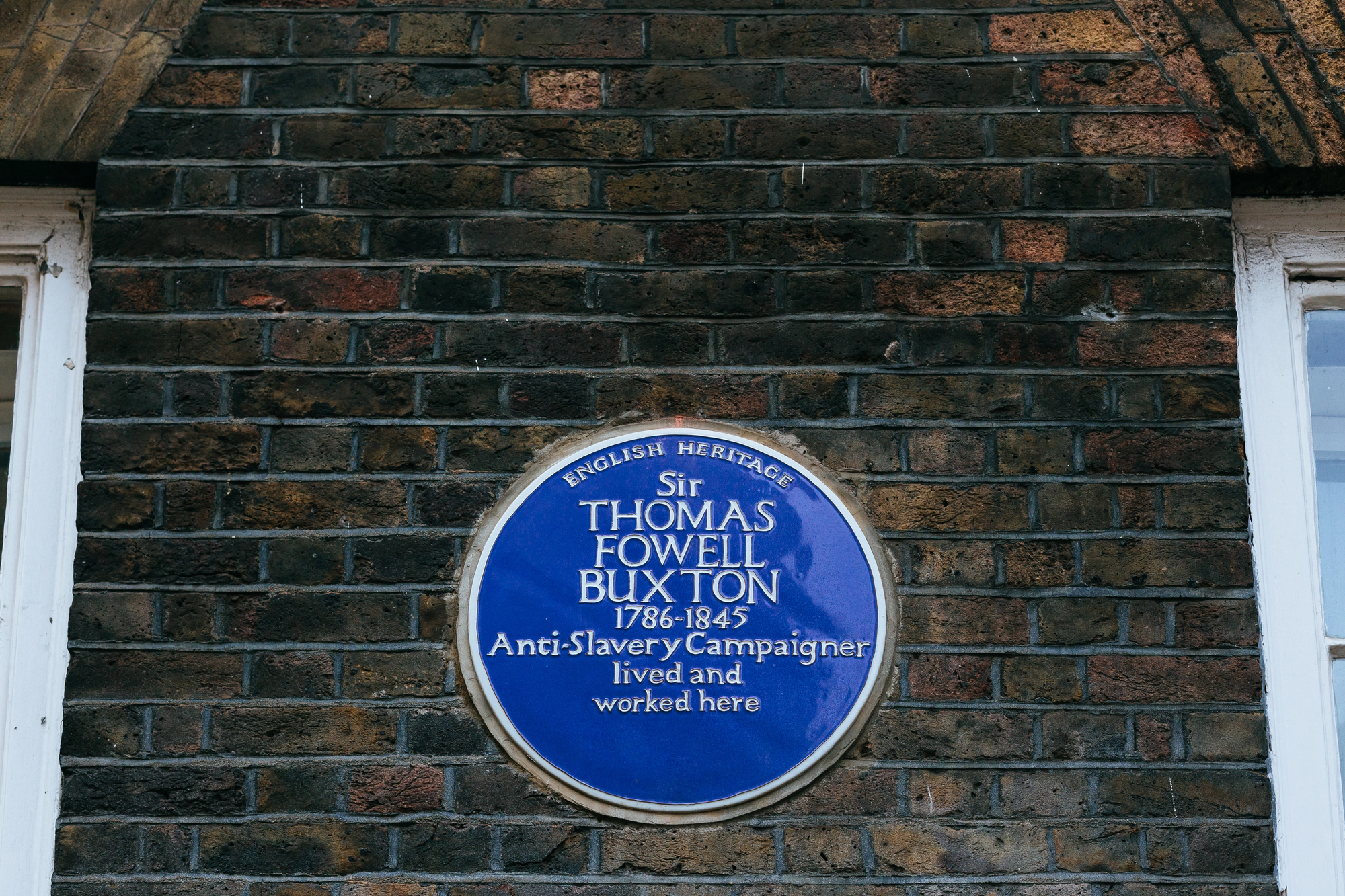
London’s blue plaque scheme – marking the homes and workplaces of notable historical figures – creates an unparalleled layer of biographical information throughout the city. Started in 1866, it’s the oldest historical marker program in the world, with over 950 plaques turning ordinary buildings into sites of historical significance.
While other capitals certainly commemorate their famous residents, none maintain such an extensive, standardized system that transforms everyday streets into an open-air museum of human achievement.
Distinct Villages
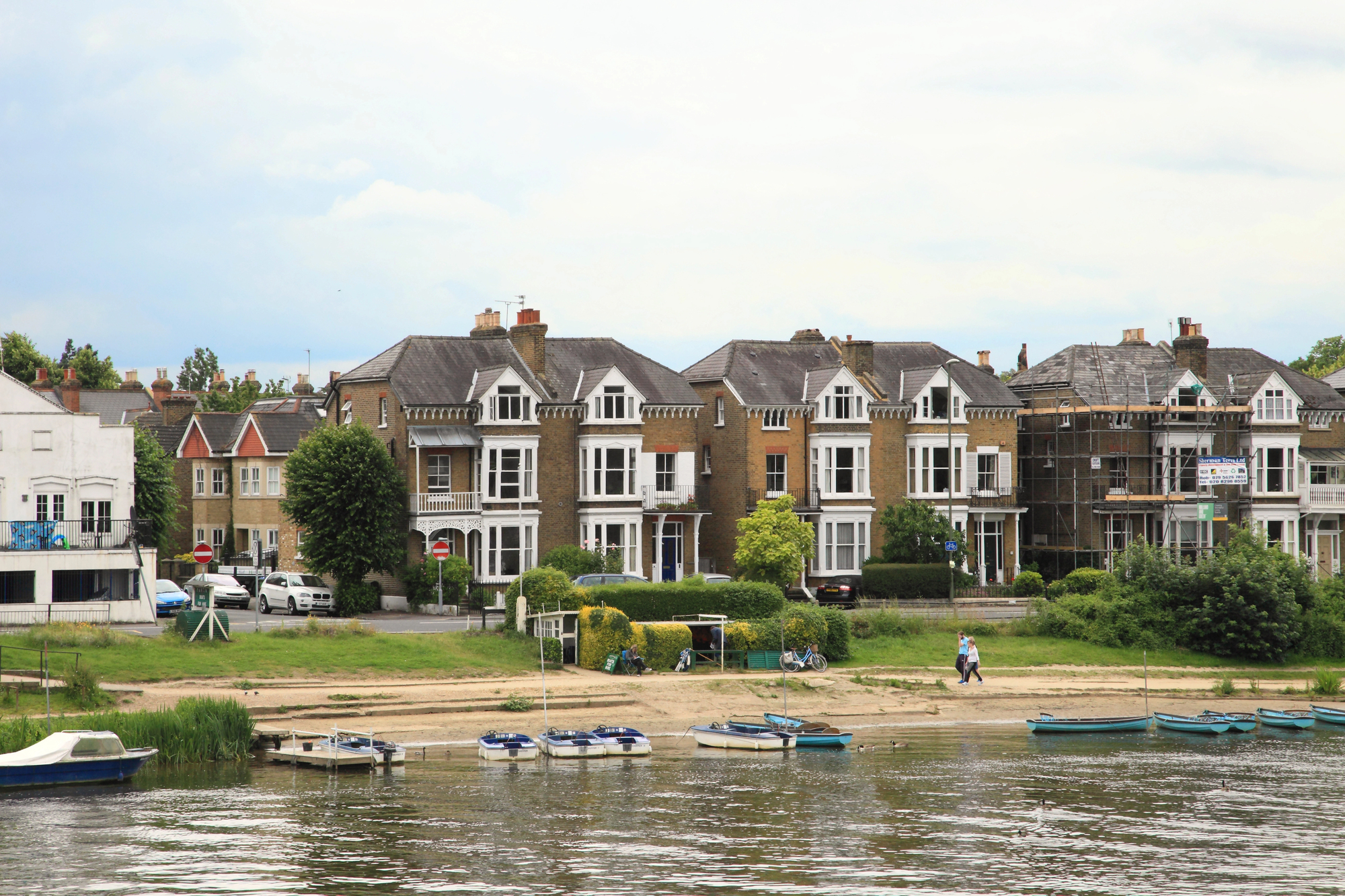
London evolved through the merging of distinct villages – each maintaining their unique character within the modern metropolis. From the literary heritage of Bloomsbury to the Caribbean influence in Brixton – London feels less like a single city and more like dozens of villages that happen to share a mayor.
Unlike the planned grid systems of Washington, D.C. or the circular design of Moscow, London’s organic development created neighborhoods with dramatically different personalities within walking distance of each other.
Like Travel Pug’s content? Follow us on MSN.
Secret Gardens

London hides dozens of private gardens – gated green spaces accessible only to residents with the proper keys. These communal yet exclusive patches of tranquility – like those in Kensington or Notting Hill – create an urban amenity system unlike any other capital.
The key-holder system dates back to Victorian development patterns when landowners would build houses around a central garden for shared use. While Paris has its courtyards and Tokyo its pocket parks, London’s private garden squares remain uniquely emblematic of the city’s approach to shared green space.
Cabmen’s Shelters
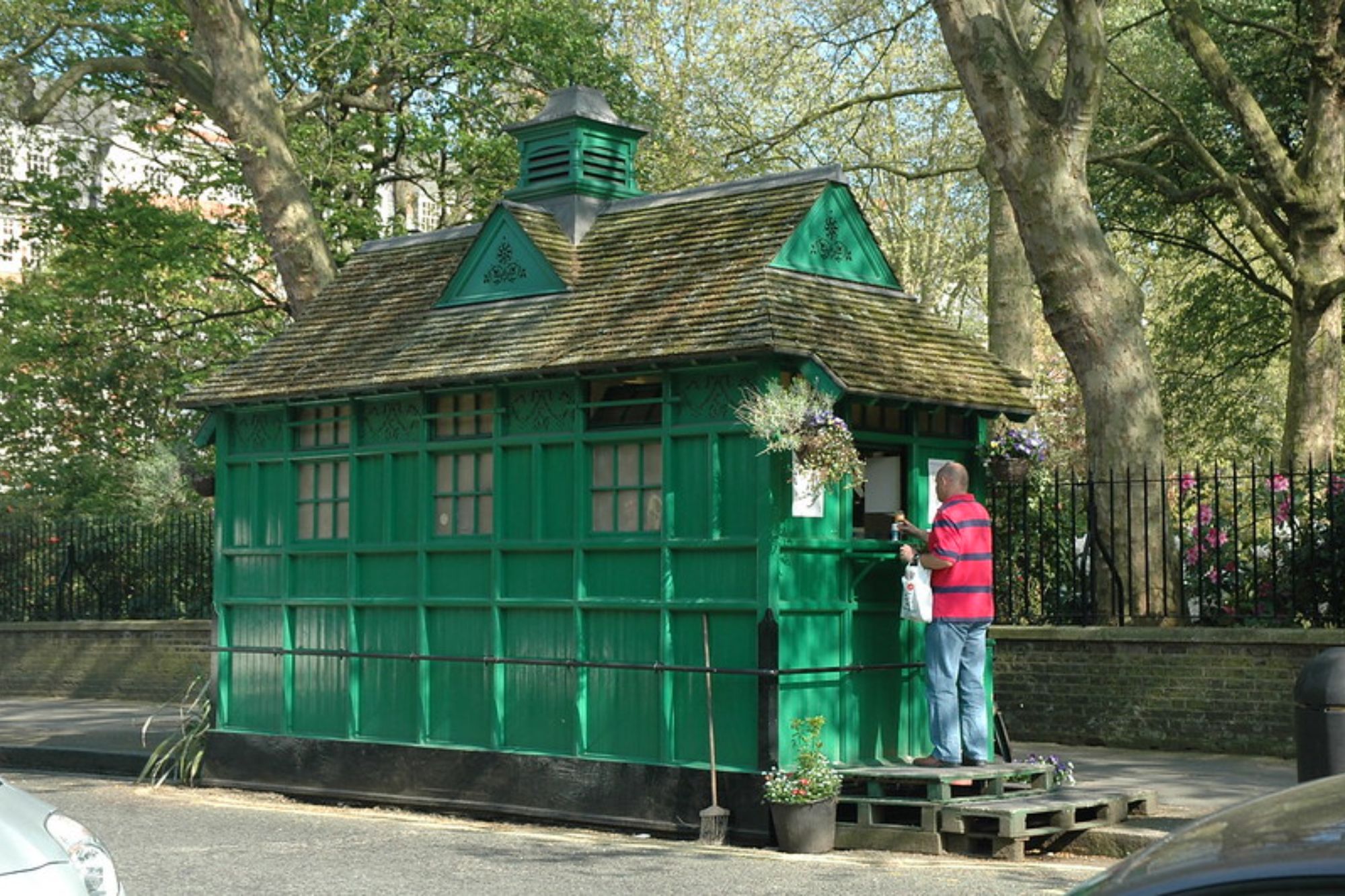
Those small green huts scattered across London provide shelter and hot food exclusively for licensed taxi drivers – a Victorian innovation that continues serving its original purpose today. Only 13 of the original 61 shelters remain, creating tiny members-only restaurants where cabbies can rest between fares.
No other capital maintains such specific infrastructure for a particular profession, highlighting London’s tendency to preserve its quirky historical solutions to urban problems.
Ancient Roman Walls
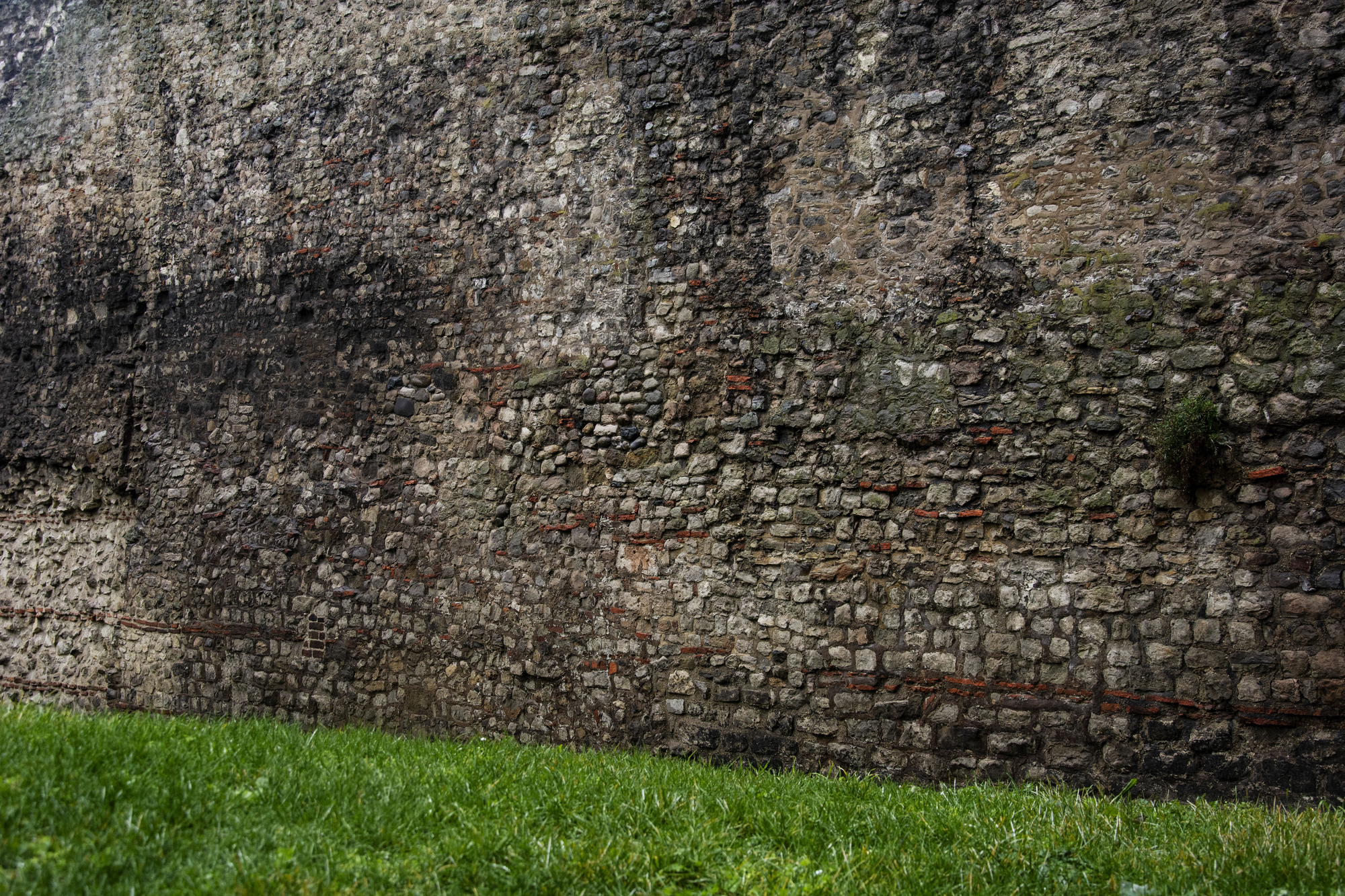
London incorporates visible sections of its Roman walls – nearly 2,000 years old – directly alongside modern steel-and-glass skyscrapers. Unlike Rome, where ancient ruins dominate central areas, London casually integrates fragments of its Roman origins into contemporary streetscapes.
These ancient boundaries peek out in unexpected locations like underground car parks and office building basements, creating jarring temporal contrasts that few other capitals can match.
Like Travel Pug’s content? Follow us on MSN.
Distinct Architectural Periods

London’s skyline showcases an architectural timeline spanning nearly a millennium – from the 11th century Tower of London to the 21st century ‘Gherkin’ and ‘Shard.’ Unlike Paris with its consistent Haussmann-designed harmony or Singapore’s overwhelmingly modern skyline, London embraces architectural chaos.
Tudor structures stand beside Georgian townhouses and Victorian monuments, all overshadowed by postmodern glass towers, creating a visual record of each century’s unique architectural vision.
Unusual Small Museums
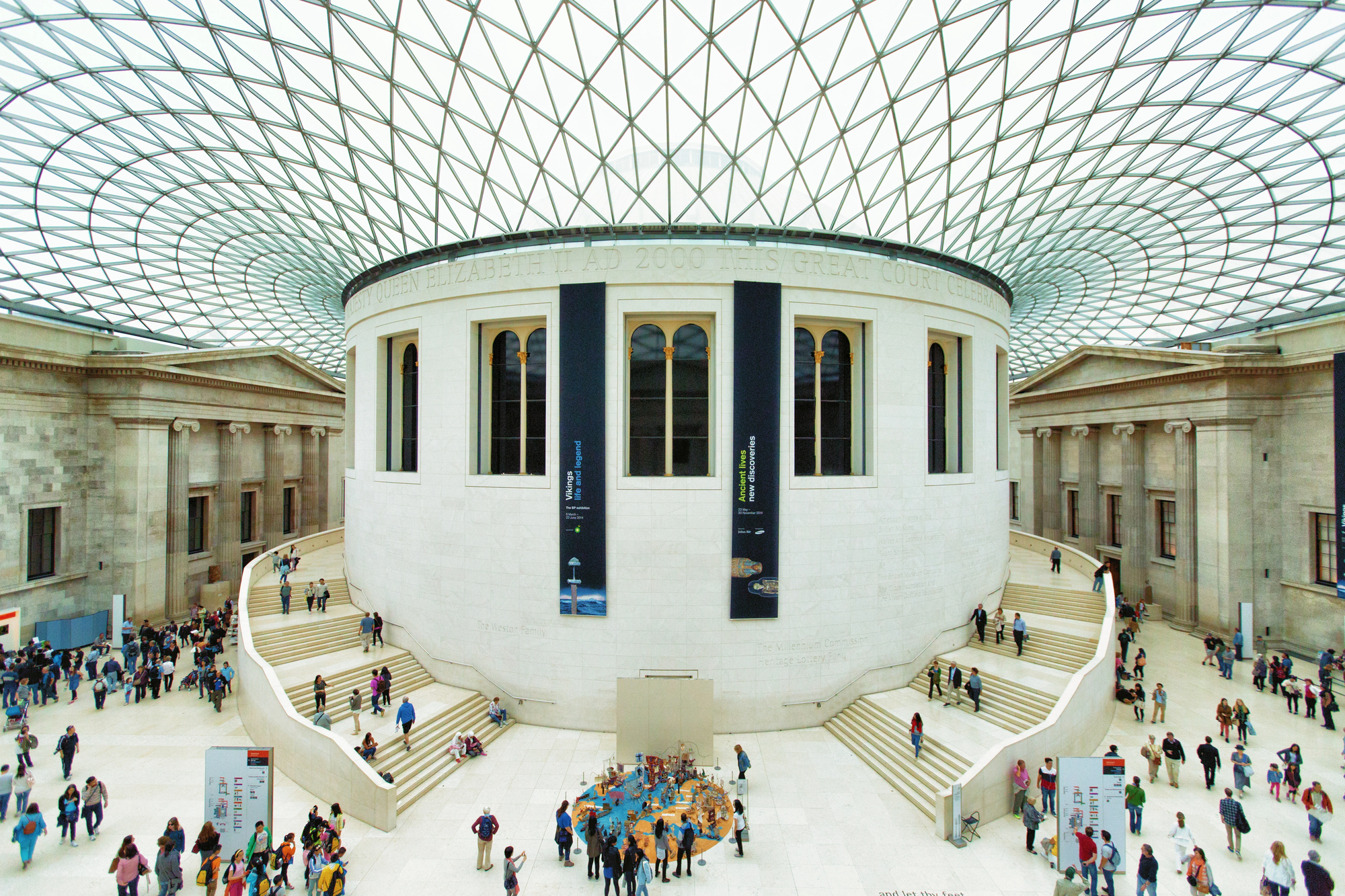
London hosts dozens of highly specialized museums focused on surprising niches – from the Fan Museum in Greenwich to the Sewing Machine Museum in Balham. These hyper-specific collections reflect London’s historical tendencies toward obsessive collecting and categorization.
While most capitals feature grand national museums, few support such an extensive ecosystem of tiny, quirky museums dedicated to surprisingly specific aspects of human creation and experience.
Multiple Financial Districts

London maintains not one but two distinct financial centers – the ancient Square Mile (the original City of London) and the modern Canary Wharf development. This dual financial heart reflects London’s evolution from a historical trading center to a contemporary global financial hub.
Unlike the concentrated financial districts of New York or Tokyo, London’s twin centers operate under different architectural and cultural systems while performing similar functions, creating a unique split personality in the city’s commercial infrastructure.
Like Travel Pug’s content? Follow us on MSN.
Buried Rivers

London flows above dozens of ‘lost rivers’ – ancient waterways now entirely buried beneath the modern city. The Fleet, Tyburn, and Walbrook rivers continue flowing through underground culverts beneath streets and buildings. London’s extensive network of subterranean waterways creates a hidden hydrological system that has shaped urban development for centuries.
While other capitals certainly have covered waterways, few have such an extensive network of buried rivers that once served as the lifeblood of the ancient city.
A Capital Like No Other
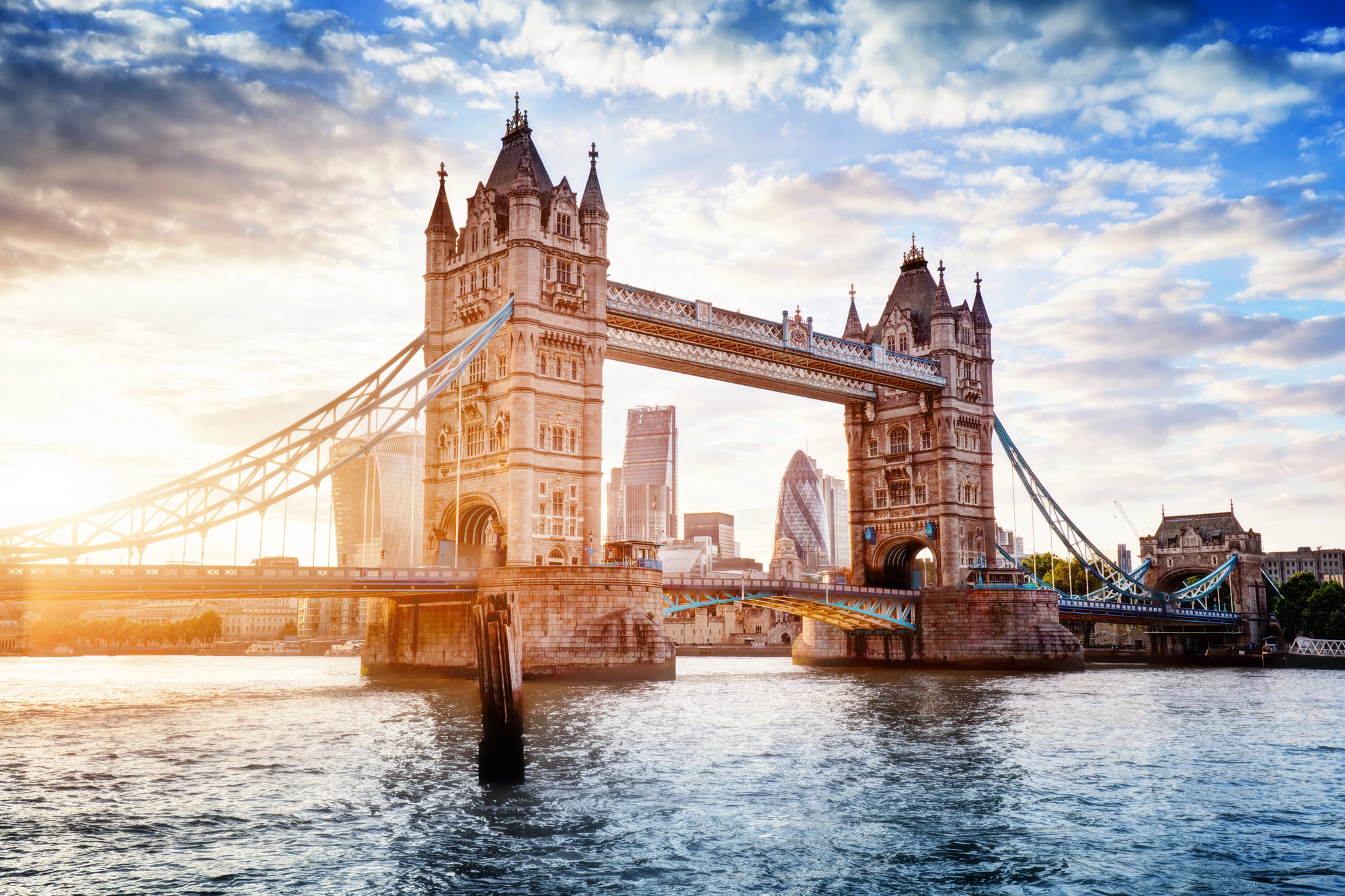
London’s peculiarities arise from its willingness to preserve the odd, the ancient, and the eccentric alongside the sleek and modern. While other world capitals might match London’s cultural offerings or economic importance, none quite capture its particular blend of historical preservation and forward-thinking innovation.
The city continues reinventing itself while stubbornly maintaining the quirks and peculiarities that have accumulated over two thousand years of continuous habitation. This layered identity – part ancient, part cutting-edge – creates an urban experience that simply couldn’t exist in any other capital city.
More from Travel Pug

- Cities Growing so Fast You Won’t Recognize Them in 10 Years
- 13 Destinations Where Tourists Regularly Regret Their Trip
- 20 Obscure WWII Sites Even History Buffs Don’t Know About
- 10 Under-the-Radar Mountain Towns That Are Both Affordable and Beautiful
- Remote Villages in Europe Where You Can Live for Free in Exchange for Work
Like Travel Pug’s content? Follow us on MSN.
